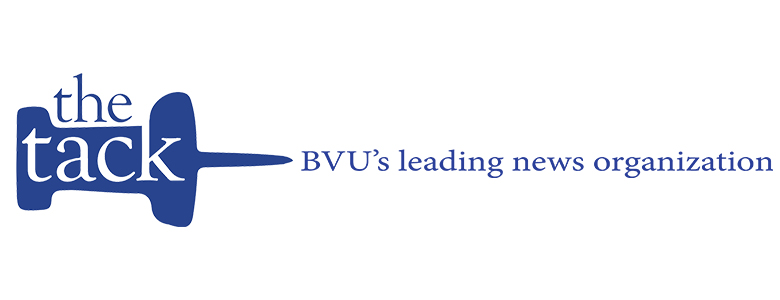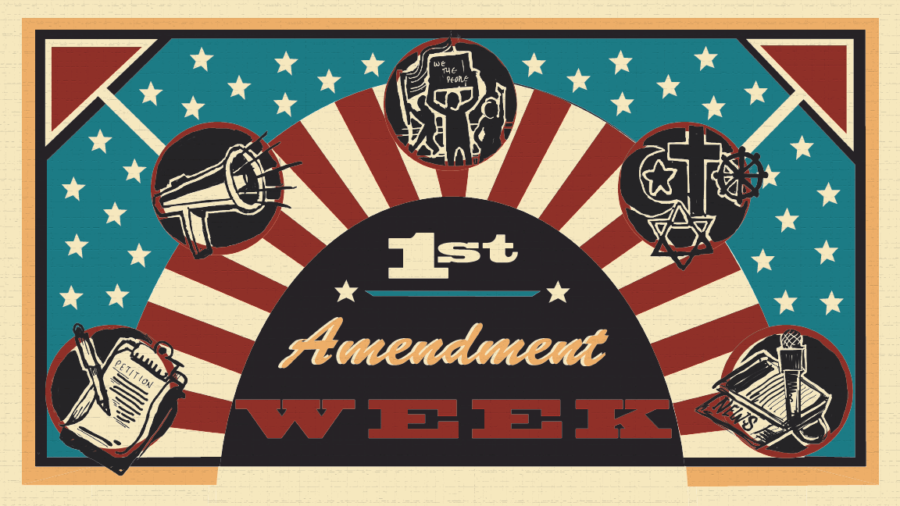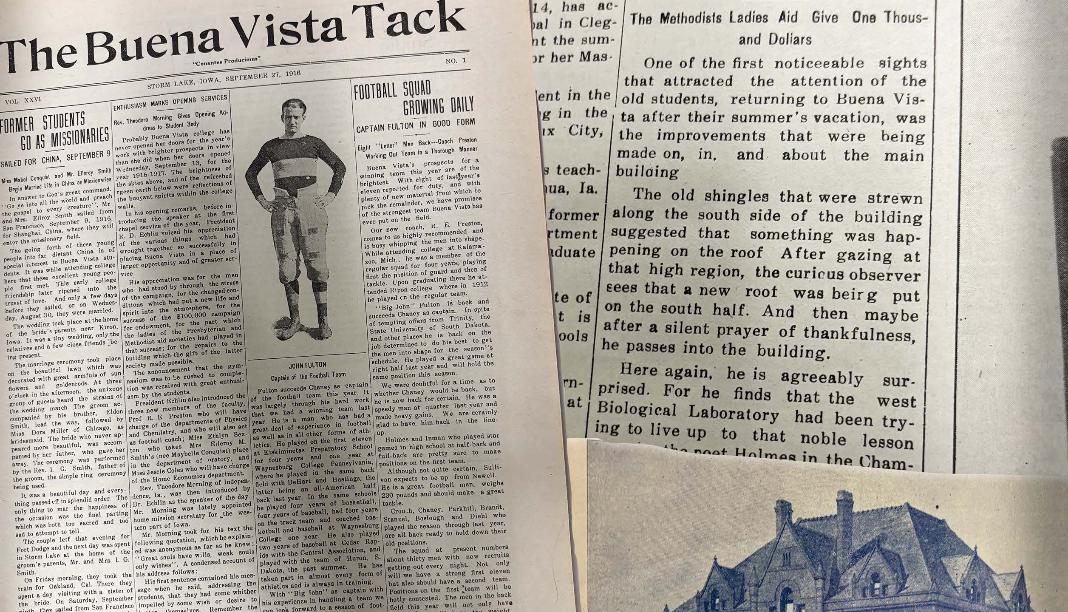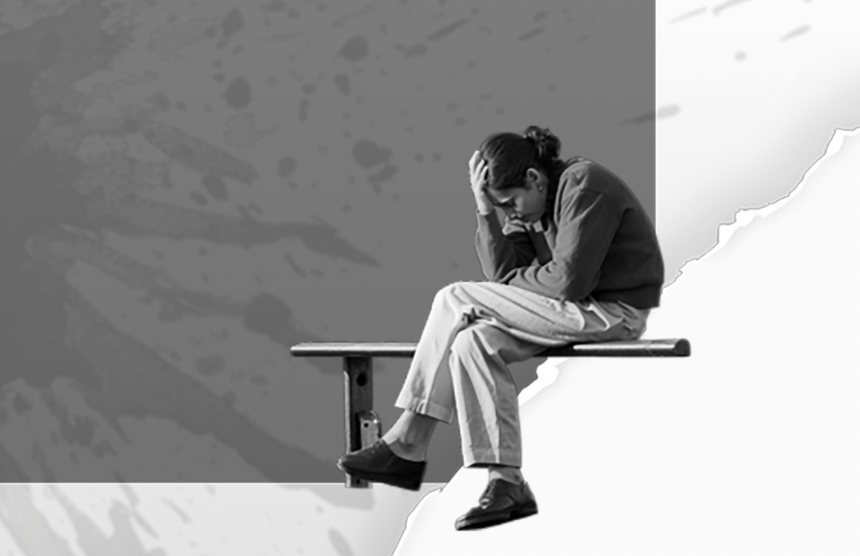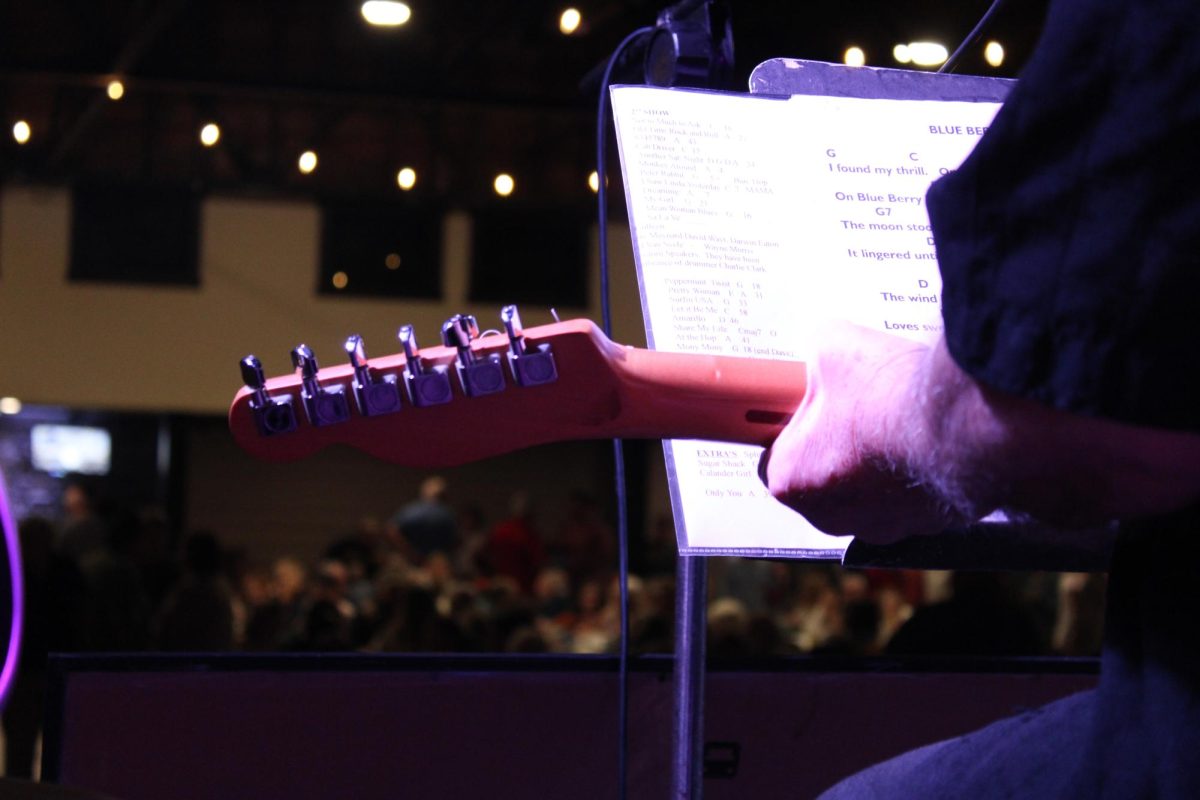Can we protect freedom of expression while preventing the spread of hate? The United States has valued free speech since the creation of our country, over 200 years ago, but as social media becomes more popular and the country becomes more divided, the line between free speech and hate speech has become blurry. The question of where to draw the line between where free speech ends and hate speech begins is at the center of the debate. The First Amendment guarantees the right to free speech, allowing citizens to express their thoughts, ideas, and opinions without fear of government interference. This freedom comes with limits, although identifying those limits has come with a lot of struggles.
Although hate speech is not defined by the court or by law, the American Library Association has defined hate speech as any form of expression through which speakers intend to vilify, humiliate, or incite hatred against a group or class of persons based on race, religion, skin color, sexual identity, gender identity, ethnicity, disability, or national origin. Hate speech has been protected under the First Amendment in many prominent United States Supreme Court cases such as R.A.V vs St. Paul and Brandenburg V Ohio, regardless of the outcomes of these rulings, we cannot ignore the harmful impact it has on individuals and groups. Allowing hate speech can create tension, spread misinformation, and create a country where hate is normalized.
A survey found that 57% of Americans know that the First Amendment does not allow the government to punish or regulate hate speech, while 45% of people think hate speech should not be allowed. For example, making a racist comment on social media- this does not incite violence, so therefore it is allowed, but it is harmful and offensive. Should those people who make these hurtful comments be held accountable? There is a gray area when it comes to free speech, which makes it difficult to punish.
The only time hate speech is not protected by the First Amendment is when it incites or threatens violence or is considered fighting words. If it falls outside of these three categories, speech will be protected under the First Amendment. Regulating what constitutes as hate is difficult because it has never been legally defined in the United States laws. You could ask 100 different people to define it, and you would probably get 100 different definitions. So how do we regulate hate speech? The simple answer is you cannot, unless it is inciting or threatening. There is no simple answer to solving the problem of hate speech, until “hate speech” is legally defined. Educating yourself and others, supporting victims of hate speech, holding others accountable, and promoting diversity is a simple start that everyone can practice so we can live in a kind, respectful, and empathetic country.

